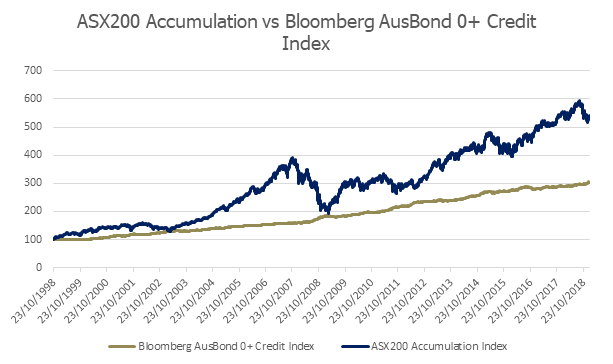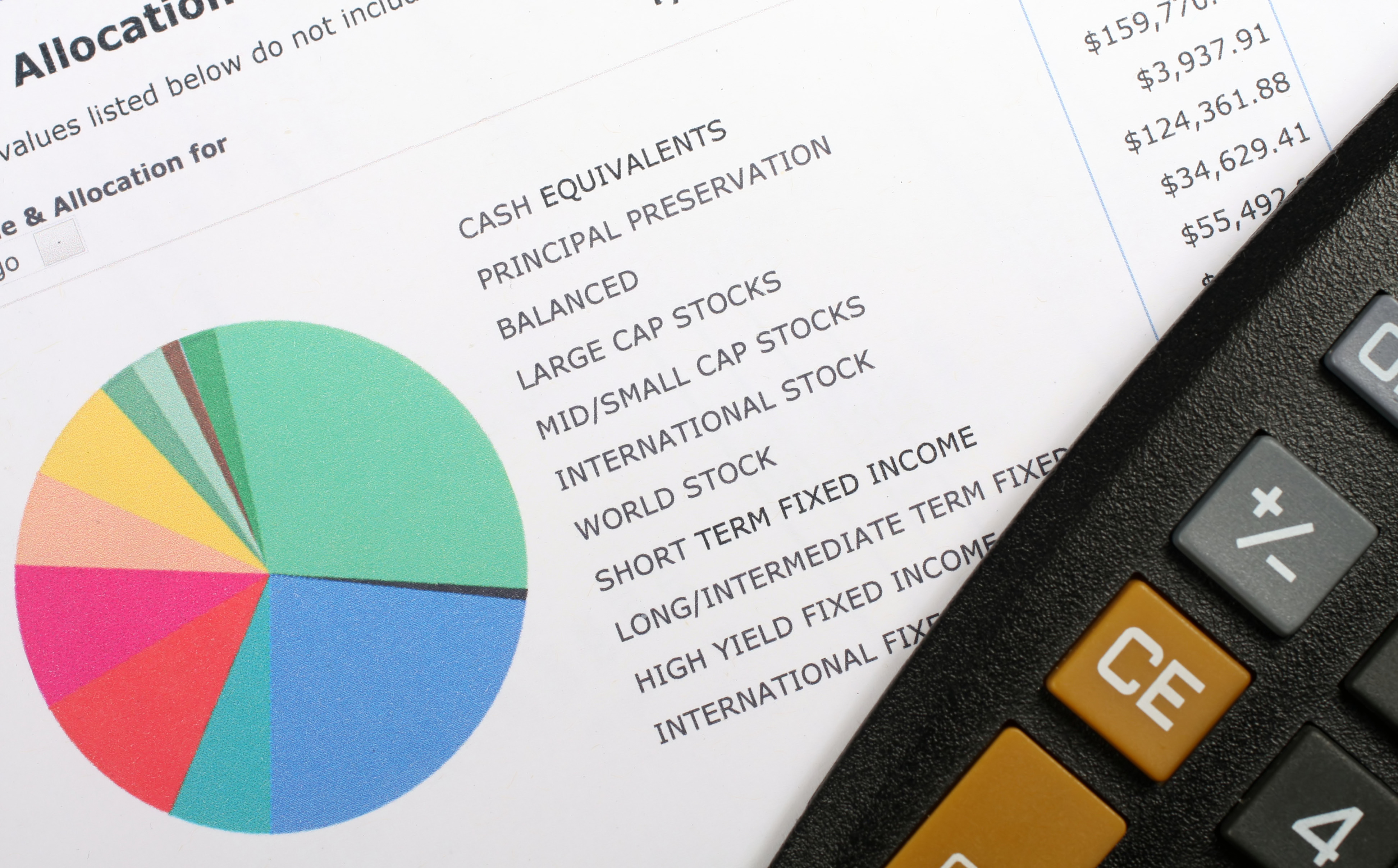9 considerations for building a diversified bond portfolio
Promoted by FIIG Securities.
With the recent volatility in equity markets, it is a timely reminder that investors should always have a plan that includes protection against unexpected future events. In this note we provide nine considerations for building a diversified, defensive bond portfolio.
Bonds are a great diversifier. They can help protect your clients’ wealth and income throughout different stages of the economic cycle, while providing better returns than term deposits. If your clients are new to bond investments or simply looking to re-evaluate their existing holdings, this article provides a few ideas to help your clients determine how much they should allocate to defensive assets.
Over the years, we’ve continually recommended that portfolios should not be 100 percent invested in a single asset class, let alone a single venture. Finding a balance is important – a “no risk” strategy has its own problems; it could mean low returns and may not deliver enough income to live.
Take Figure 2 for example. It compares Australia’s leading share market Index – the ASX200 – against the Bloomberg AusBond 0+Corporate Index, which is used to measure the performance of Australian corporate bonds.

Source: Bloomberg, FIIG Securities
Figure 1
You can see the steep downturn in the ASX200 Accumulation Index following the GFC late 2007, where the value of practically all shares declined. Comparatively, there was a slight uptick in the AusBond Corporate Index around this same time.
A portfolio with a 100 percent allocation to shares would not have fared well during the GFC, which is why we recommend diversifying through other asset classes.
A good starting point would be to include proportionate holdings of the three types of bonds being fixed, floating and inflation linked bonds in your portfolio. Each of these serve a specific purpose:
- Fixed rate bonds improve future income certainty and reduce income risk by locking in future cashflows (typically quarterly or semi annual constant coupon payments)
- Floating rate bonds are tied to the benchmark bank bill swap rate (BBSW) indices, and interest paid will rise as interest rates rise. Consequently, they help mitigate the risk of any interest rate rises reducing the value of your clients’ fixed rate holdings and/or overall portfolio. (Click here to learn about floating rate investments, on the back of the US Federal Reserve raising interest rates for the third time in a decade)
- Inflation linked bonds reduce the risk of inflation weakening the spending power of your clients’ portfolio income by having coupons and or principal which adjust in line with CPI.
At the moment, we are recommending a one third allocation to each of the security types of fixed, floating and inflation linked bonds. This allocation came into effect towards the end of 2016 as global bond yields rebounded off their lows and the Fed outlook for increased rates occurred in conjunction with Trump taking over in the oval office.
Regardless of current economic climates and outlooks, investors should always have a plan that protects against unexpected future events. Here are nine questions to consider in building a diversified bond portfolio:
1. How much income do your clients need to maintain their lifestyle?
Investing in securities that have a known income will help achieve these goals.
2. How much capital do your clients need to maintain their lifestyle?
Many investors have aspirations to leave a specific amount to children and grandchildren; how do your clients make sure those funds are preserved?
3. How old are your clients?
The older your clients are, the more predictability ithey need in their portfolio as they have less time to recover lost capital. Consequently, most investors increase their allocation to fixed income as they get closer to retirement as this decreases the proportion in high risk assets.
4. Do your clients have any known future expenses?
If you know your clients need funds for an event like a wedding or holiday, these funds should be set aside. Bonds can be acquired with cashflows and maturity dates to suit known future expenses.
5. What are your clients’ appetites for risk – more appropriately, how much are they willing to lose?
6. Do your clients have the capacity to earn income to supplement losses?
If your clients still work, even on a part time basis, that income will help protect their lifestyle and allow them to take additional risks.
7. Are your clients’ portfolios diversified so the investments they hold are across different sectors, have varying maturities and risk profiles?
Diversification is key to running a successful SMSF. To achieve a diversified fixed income portfolio your clients should hold different types of bonds – such as fixed, floating rate and inflation linked – and of varying credit quality.
8. How liquid are your clients’ portfolios?
If your clients need to access a large sum quickly, can they do so in an orderly and easy fashion without losing value on the investment? This is becoming ever increasingly important as deposits often now require up to a one month notice period for redemption.
9. What return do your clients aim to achieve?
This is often the first question investors ask themselves, and while important, should be considered in light of the above. Remember: higher returns often mean higher risk.
Conclusion
Diversification reduces the risk of just being exposed to a particular company or sector. FIIG works with its clients to put together portfolios that balance yield, maturity and rating to achieve investor requirements in conjunction with available securities.
If you are thinking about building a portfolio for your clients, click here.








